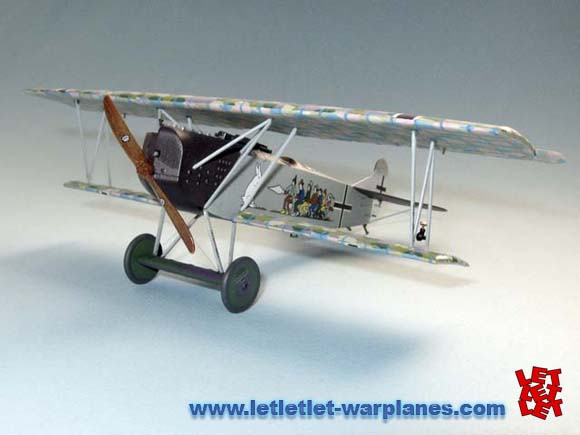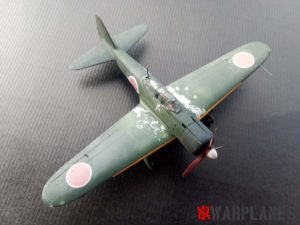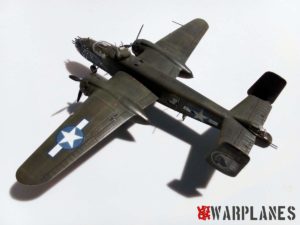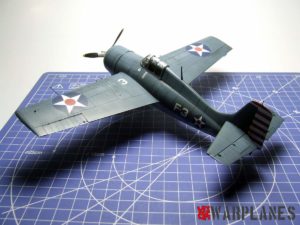Fokker D.VII Limited Edition “Sieben Schwaben” Eduard 1139
During the latter half of 1917, the Allies had regained air superiority over the Western Front with the S.E.5 and the Spad fighters. To counter this, the German government invited aircraft manufacturers to submit prototype single-seat fighter designs for evaluation at a competition to be held at Adlershof airfield in Berlin in January 1918. The winner on this competition was Fokker D VII, by many people considered to be the best airplane of the Great War. Anthony Fokker received an initial order of 400 airplanes but since the Fokker factory could not finish all on time a “help” came from their main competitor Albatros. The Johannisthal-built aircraft carried the designation Fokker D.VII (Alb) and those constructed at Schneidemühl were identified Fokker D.VII (O.A.W.). When the Fokker D.VII appeared on the Western Front, Allied pilots at first underestimated the new fighter because it lacked the sleek, graceful lines of the German Albatros fighters.

The new fighter had amazing ability to maneuver in a “spot” or to hang on its propeller and D VII wings had an excellent stall characteristic. Positioning below and behind a two-seater, where the enemy observer could not bring his guns to bear, a D.VII pilot could safely put his airplane into a nose-high attitude, with full power, in a nearly stalled condition. The capability of the D.VII to perform this maneuver made it a highly feared opponent in combat. The D.VII entered squadron service with Jasta 10 in early May 1918. The type quickly proved to have many important advantages over the Albatros and Pfalz scouts. Unlike the Albatros scouts, the D.VII could dive without any fear of structural failure. The D.VII was also noted for its ability to climb at high angles of attack, it’s remarkably docile stall, and its reluctance to spin. However, the D.VII also had problems. Several aircraft suffered rib failures and fabric shedding on the upper wing. Heat from the engine often ignited phosphorus ammunition until cooling vents were installed in the ammunition cans, and fuel tanks sometimes broke at the seams. Planes built by the Fokker plant at Schwerin were noted for their lower standard of workmanship and materials. Nevertheless, the D.VII proved to be a remarkably successful design, leading to the familiar aphorism that it could turn a mediocre pilot into a good one, and a good pilot into an ace.
Despite the massive production program, less than 2,000 D.VII aircraft were delivered from all three plants, with the most commonly quoted figure being 1,700.











































nice work
I will attempt to build this kit (sieben schwaben) in 1/72 scale spraying the pictures through a pattern.
Thank you Pasquale,
this is most interesting machine and I am sure you will enjoy once you complete your model.
All the best,
Darko